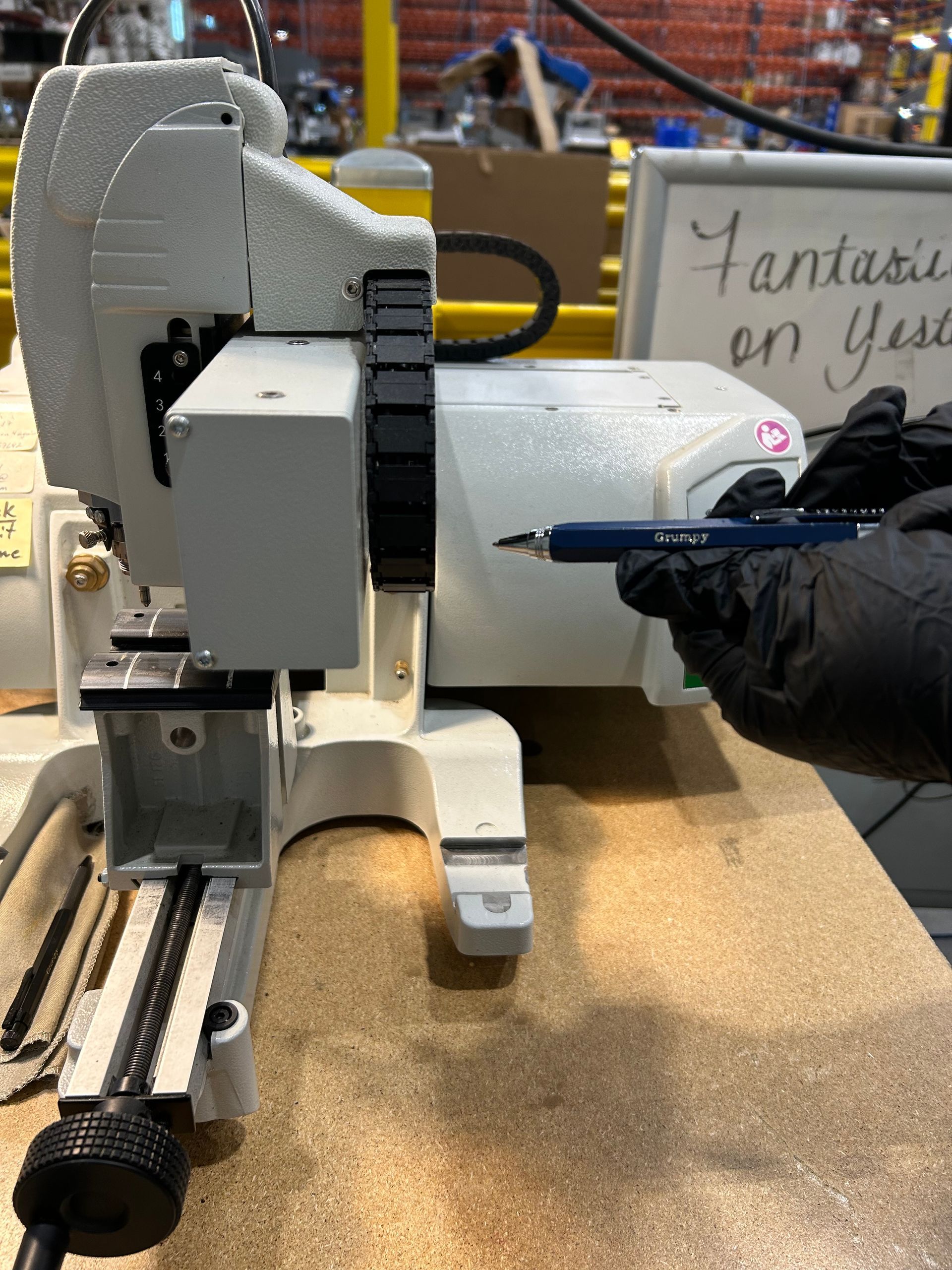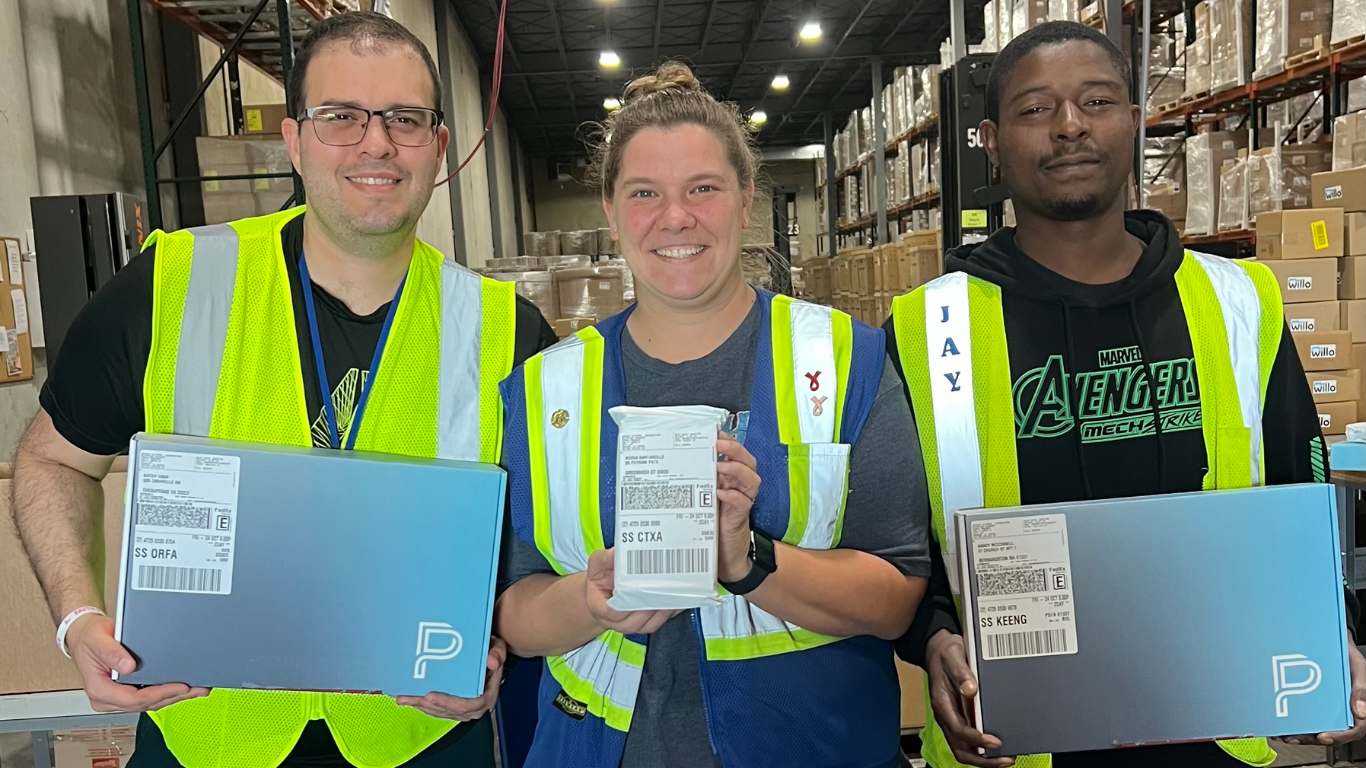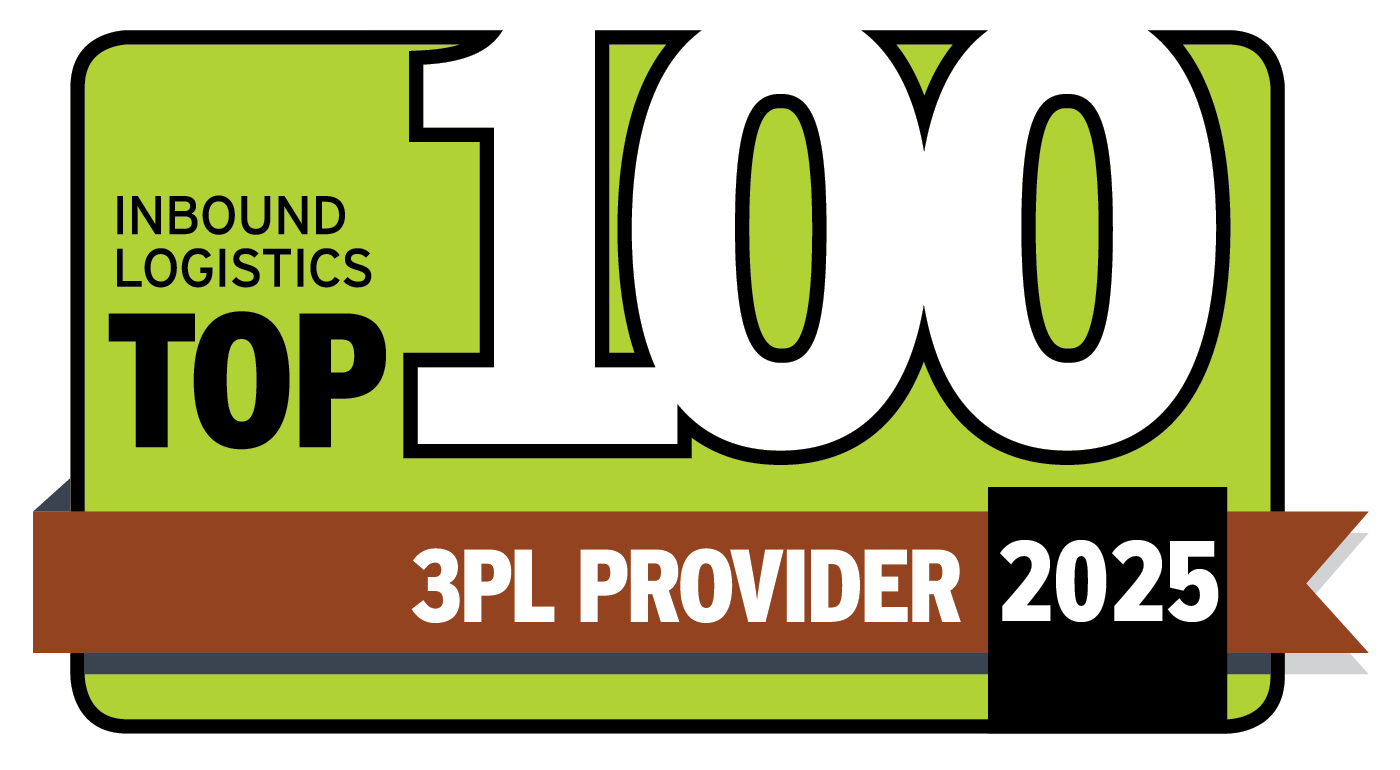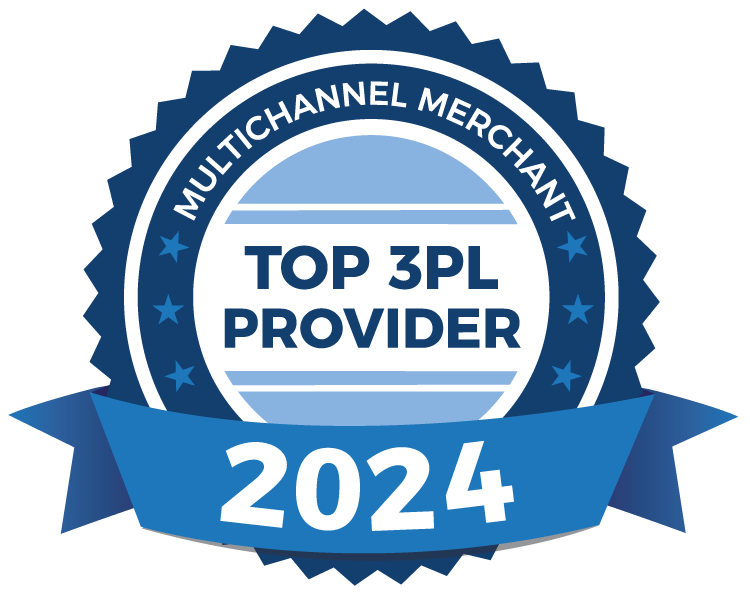Sustainability
Barrett Distribution's Commitment to Sustainability
As the midpoint of the supply chain, distribution centers are in a unique position to drive sustainability throughout the supply chain. Barrett, through their efforts, has not only been recognized for their business success, as one of the fastest growing companies by Inc. Magazine, and as a winner of the Pacesetter Award from the Boston Business Journal, but has also been inducted in the GXT Green Honor Roll in recognition of their significant investment and success in mitigating their carbon footprint and climate impact. At Barrett, we have embraced several sustainability initiatives as we work to reduce the carbon footprint of our U.S. warehouse network.
To date, our Sustainability efforts have included:
- Solar panels in Franklin, MA which generate more than 6,000kw of power
- Innovative high efficiency LED warehouse lights and usage measurement dashboards that reduce energy use
- Modern fleet of fuel-efficient vehicles and no-idle rules
- Recycling programs in all locations
- Motion detector lighting
- Natural lighting and installation of sky lights
In recognition of our efforts, in
April 2012 Barrett Distribution was named to the GXT Green Honor Roll. GXT Green recognized twelve organizations that made significant contributions to sustainability efforts in their companies, their communities, and to the global community.
Sustainability
Tim Barrett, COO of Barrett Distribution, and his brother Arthur, President, have proof of their conviction that becoming sustainable has been a boon to their business. Contributing to their customers' Return On Investment is key to Barrett's success. Established as a single warehouse in 1941, Barrett runs a privately owned network of more than 2.1 million square feet of state-of-the-art warehousing capacity, providing customized logistics solutions for customers throughout the United States and Canada from a network of facilities in the Northeast, Southeast, Mid-Atlantic, Northern California, Southern California and Calgary, Canada. "Being sustainable in every aspect of our business has improved our bottom line, as well as bringing value to our customers", said Tim. "It also provides that extra edge that gives us an advantage when competing for new business".
Barrett management has done a tremendous job of focusing on the triple bottom line (three "P"s of sustainability): People, Profit, and Planet. When asked to identify the 10 most important sustainable initiatives that Barrett Distribution has undertaken or is in the process of implementing throughout their facilities, Tim and Arthur described the following projects as keys to their success. Below are goals for all distribution centers to consider:
Waste & Energy
Reduce Obvious Energy Waste
This includes strict rules on truck idling time in the parking lots and warehouse, diligence and clear procedures regarding the opening of loading dock doors, and proper insulation of the office and warehouse space.
Water Saving Toilets and Fixtures
Although we sometimes forget about water use in our analysis of resource usage, this is a prime area for sustainable savings. Waterless urinals, dual-flush toilets, and motion detecting faucets can all contribute to sustainable savings. And don't forget those motion detectors on the restroom lights, and high efficiency hand dryers.
Solar Energy
What good is hundreds of square feet of roof space if you don't put solar arrays on them? In their Franklin facility, Barrett has installed a state-of-the-art solar power system which generates more than 6000kw of power per month. This is enough to power the facility, with leftovers which are sold back to the power company at a profit. Best of all, with tax and energy incentives, this investment of over $2,000,000 had an ROI of less than a year.
Reduced Lighting and Energy Use
Older, inefficient fixtures that require frequent bulb changes should be replaced with bright, efficient, LED lighting, focused appropriately in work areas. In addition, motion detectors should be put in place to turn lights on and off, both in the warehouse and office areas, to eliminate lighting use when not needed. Barrett has also installed a large number of Prismatic skylights in warehouse areas, along with sensors that operate lighting based on the amount of sunlight shining in. "We have found that, in addition to saving energy, having well lit facilities has boosted morale and productivity of the staff in the warehouse", noted Arthur.
Monitoring
Smart Meters
In many areas of the country, smart meters are becoming available for commercial use. Not only can usage be better monitored, but as power companies develop "time of day" energy rates, usage can be adjusted accordingly. For example, electric forklifts can be charged at night, when power is less expensive.
Energy Monitoring, Management, and Comparison
With energy monitoring software, it becomes easy to identify and remedy any and all inefficiencies in the use of electricity, gas, and water. In collaboration with their sustainability consultant, GXT Green, Barrett is currently a beta-sight for new state-of-the art software from 1Efficiency. This software allows them to monitor energy and resource usage across multiple facilities, comparing them to both industry benchmarks and to similar facilities in their network. The data is loaded automatically through the utilities. With this data in one screen it is easy to track and identify opportunities for improvement.
Optimized Facility Layouts
In their quest to reduce costs and improve efficiency for their customers, Barrett pays tremendous attention to optimizing their warehouse layouts. They constantly analyze the movement of products, as well as the seasonality of demand. Thus, they increase efficiency of picking efforts, minimizing energy use, time, and effort.
Involve Your Employees in the Effort
At the end of the day employees are a key contributor to sustainability improvements. They are the ones that turn the lights on and off, run the forklifts, and open and close the doors. Employees are educated in sustainable behaviors, and encouraged to suggest additional ways to improve. In the Franklin facility, a screen showing the power usage is displayed on a large monitor, showing employees and visitors how efficient their usage is, and reminding them of their success.
Energy Zones
Distribution centers have very distinct usage patterns, all of which can be optimized in different ways. By installing separate meters in facilities, offices, warehouse, and refrigerated sections can be isolated and optimized accordingly. This is especially relevant where smart meters are available.
Engage Your Suppliers
Sustainability is an important element throughout the supply chain. It starts with your manufacturers, and ends with the ultimate customer. Ensure that your suppliers and clients understand ways to eliminate waste and cost. Ship efficiently. If products need to be taken out of packaging and kitted, think about ways to eliminate waste in the bulk packaging. Choose warehouse locations that are most efficient for the manufactures and the end-users. Help them understand how this helps the triple bottom line, and how sustainability efforts will help their business, as the future of our planet.
Related Content

